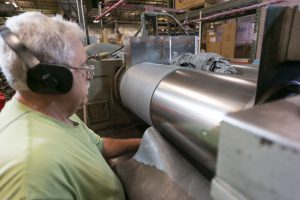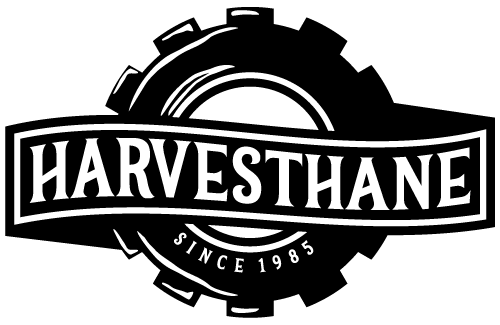Multiple components make up the rubber formula or recipe. The biggest component and determining factor is the base polymer. The base polymer might be Nitrile, Neoprene, EPDM or Natural Rubber for example. This determines many of the formula’s physical properties and is also the biggest cost driver within the formula.
The second largest component is the filler. The filler adds reinforcement and gives the strength related properties to the material. Carbon black is the most common, low cost filler used in rubber formulas. It is black in color and gives rubber its black appearance. The carbon black content is generally the cause of a material to be marking. If a colorable material or non-marking material is needed, different fillers may be selected such as silica or clay.
The next largest ingredient in the mix is often oil. Oil is used to help the components come together in mixing, and in some cases imparts specific properties.
From there on down the ingredient list are a lot of variable components including process aids, color pigments, antioxidants, antiozonants, curatives, accelerators and other additives. These are chosen to help processing or for their specific properties.
And finally, the most important part of the formula is a knowledgeable, experienced Chemist. Their job is critical to ensuring a compound will not only meet the physical property requirements needed in the part application, but also that it processes well throughout the different operations of the molding facility.




